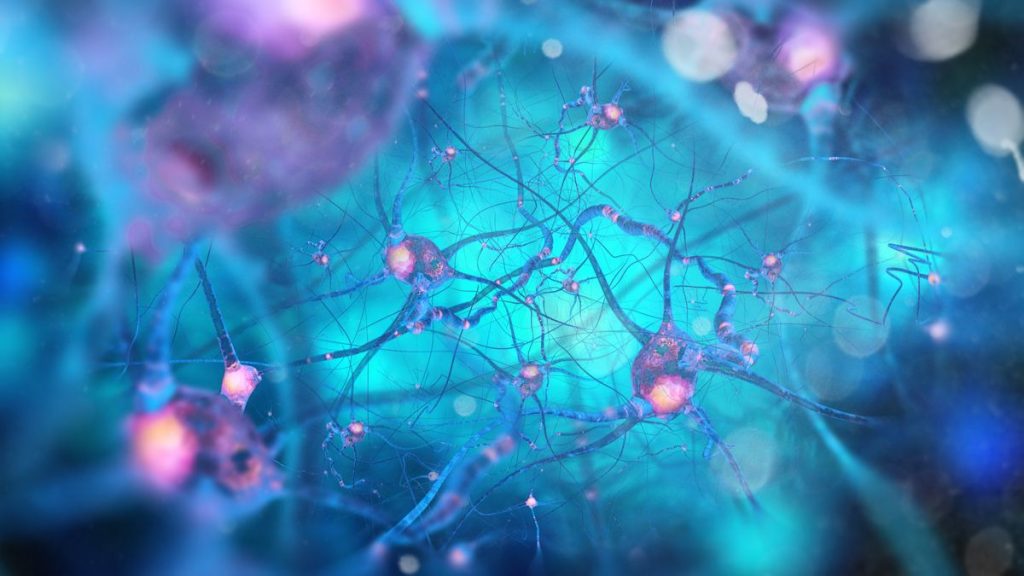A team of American scientists recently determined that the formation of new memories is governed by a molecular mechanism inducing structural changes in the genetic material of the neurons involved.
Better understand the mechanisms involved in the formation of memories
As part of this work published in the journal Nature Neuroscience, scientists from MIT have taken a step closer to understanding the role of engrams (particular neurons responsible for encoding the details of a specific memory and reactivating them when an individual is led to recall it) in the molecular mechanism involved in the formation of memories. The researchers found that this encoding process worked by remodeling the chromatin, highly condensed structure composed ofDNA and proteinhistones, inside the engrams.
Described as the ” biological trace Memory in the brain, engrams are located in different parts of the brain and form networks containing particular memories. The team therefore sought to find out what would happen to the genes they contained once the recall process was completed and they were turned off, using a fluorescent labeling technique depending on the activity of the cells.
” This study is the first to truly unveil this very mysterious process of activating different waves of genes, as well as the epigenetic mechanism underlying these different waves of gene expression. »Says Li-Huei Tsai, lead author of the study.
A slow process
Remodeling allows specific genes that support memory storage to become more active. However, this is a rather slow process. This is done in progressive stages and takes place over several days. And experiments in mice have shown that changes in chromatin density can actually control the state of gene activity in a cell.
” The formation and preservation of a memory is a very delicate and coordinated event that spans hours, days, even possibly months. “, Explain Asaf Marco, lead author of the study. ” During this process, different waves of gene expression and protein synthesis are observed making the connections between neurons stronger and faster.. “
While the team was unable to determine precisely how long the epigenetic changes last, they believe it could also last for weeks or even months. In the coming months, the study’s authors plan to build on its findings to uncover the role of chromatins in disease.Alzheimer’s.

